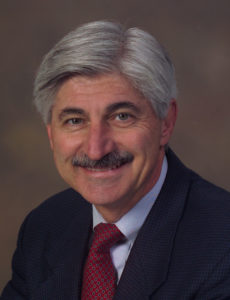 Professor of Pharmacology and Anesthesiology
Professor of Pharmacology and AnesthesiologyUniversity of Arizona College of Medicine, Tucson, USA;
Department of Collaborative Research, Mayo Clinic Arizona, Scottsdale, USA
Dr Frank Porreca is Professor of Pharmacology and Anesthesiology at the University of Arizona in Tucson, Arizona. He also holds an appointment as a Senior Consultant in the Department of Collaborative Research at Mayo Clinic, Scottsdale, Arizona. He trained in Biomedical Engineering at Drexel University in Pharmacology at Temple University in Philadelphia. His dissertation work focused on drug-receptor theory and understanding of the actions of buprenorphine. He is the author of approximately 500 original, peer-reviewed articles addressing mechanisms of opioids and pain and has been recognized as a “Highly Cited” investigator by Pub Med and one of the 10 most cited pharmacologists in the world by the American Society of Pharmacology and Experimental Therapeutics. Dr Porreca has been honored by the International Association for the Study of Pain with the Ronald Melzack Award, by the American Pain Society with the Frederick W Kerr Award for Basic Research in Pain, by the British Pain Society with the Patrick Wall Award and by the Canadian Pain Society with the Mary Ellen Jeans Award. Dr Porreca is a former Editor in Chief of Life Sciences, Associate editor of Pain and Cephalalgia. He is a Fellow of the American Headache Society and of the American Association for the Advancement of Science.
Dr Porreca’s current research interest remains in the field of pain and migraine with particular interest in understanding pain-induced motivational behaviour and reward circuits as a basis for discovery of new therapies with high likelihood of translation. Several themes have have been emphasized including (a) the role of descending modulatory circuits in chronic pain states; (b) the mechanisms by which opioids and stress engage these circuits and (c) the discovery of molecules that can modulate these circuits through novel mechanisms.
« Back to Editorial Board





